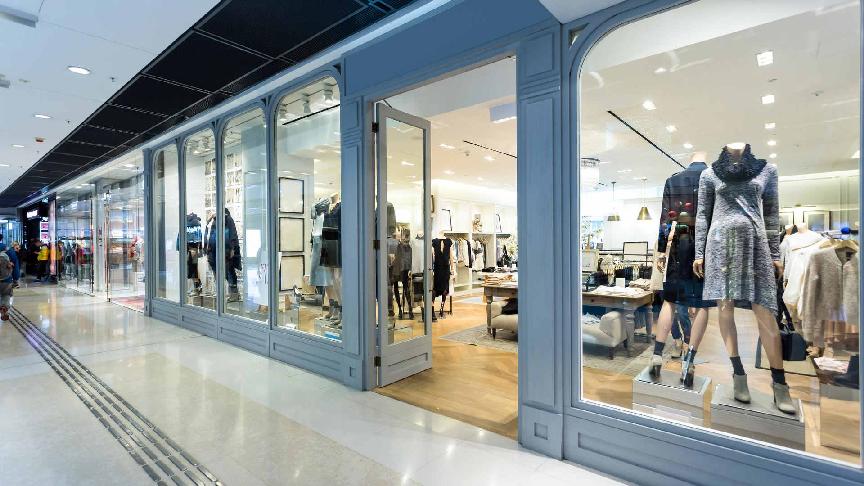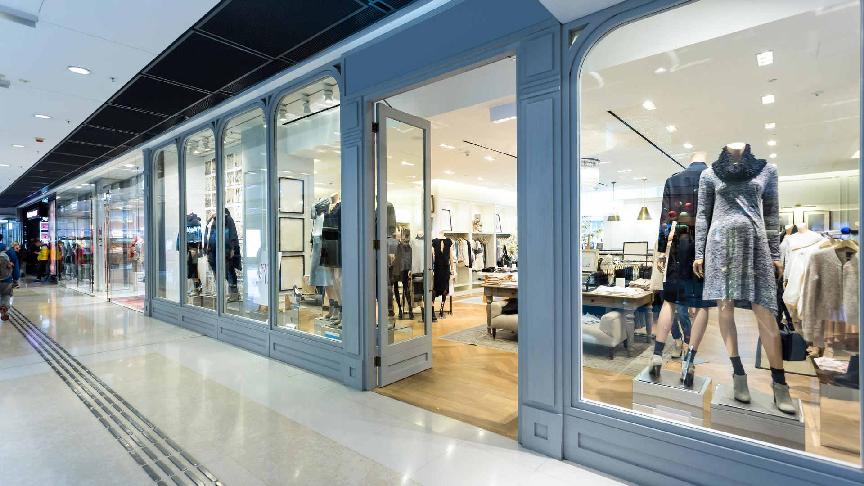Earlier this month, Silicon Valley Bank and Signature Bank collapsed, the second and third largest bank failures in U.S. history. On 19 March, UBS and Credit Suisse announced their merger to prevent another banking crisis.
While the reasons for these events differ from those during the Great Recession, there is still concern about how markets and central bankers will react.
The immediate macro impact could be a pause in the fight to tame inflation. This is further supported by the latest CPI data showing further easing. However, as of last week, the Federal Reserve pushed forward with another 25 basis point increase to rates, now the highest level since 2007.
But the rapid run-up in interest rates, at the heart of the aforementioned bank failures, has also led to cooling consumer demand. If the Fed decides to pause, or at least temper, the rate of increases, would we see a return later in the year of consumer spending?

Maybe not: "The Fed still has more work to do", says Michael Gapen, chief U.S. economist at Bank of America. "If the Fed is successful at corralling the recent market volatility and ringfencing the traditional banking sector, then it should be able to continue its gradual pace of rate hikes until monetary policy is sufficiently restrictive."
The labor market, a resiliently bright spot in the U.S., notched an increase of 311,000 jobs in February on a seasonally adjusted basis. While this is less than the unusually strong 504,000 jobs added in January, the report was encouraging for the broader economy. More Americans entered the labor force, widening the pool employers had to choose from, which may take the pressure off wages and ease inflationary drivers.
Hourly earnings for those in the private sector changed slightly in February compared to January but were up nearly 5% over the past twelve months. Even so, this, along with recent cost-of-living increases for nearly 80 million social security recipients, has the potential to move the needle on consumer demand.
However, two major headwinds persist: the eminent resumption of federal student loan payments impacting about 40 million borrowers and higher monthly payments for those with adjustable-rate mortgages. Both threaten to hurt discretionary income and damper demand for consumer goods.
Regarding the reactivation of student loan payments expected later this year, Rand Corp. economist Kathryn Anne Edwards says: "It is unprecedented that you have a multiyear pause on what's known to be a difficult debt for a lot of people, and it just turns back on."
Importers and ocean carriers alike are looking forward to a better second half of 2023. A traditional retail peak season rush coupled with the restocking of inventories may boost sales and volume.
This result would be more than welcomed, considering that U.S. Customs data for February arrivals showed TPEB volume at the lowest level since March 2020 – a feat accomplished by falling over 17% month-on-month.
Courtesy of our Kuehne+Nagel colleague William Hazlegrove, Sea Logistics Trade Lane Manager- Transpacific Eastbound







